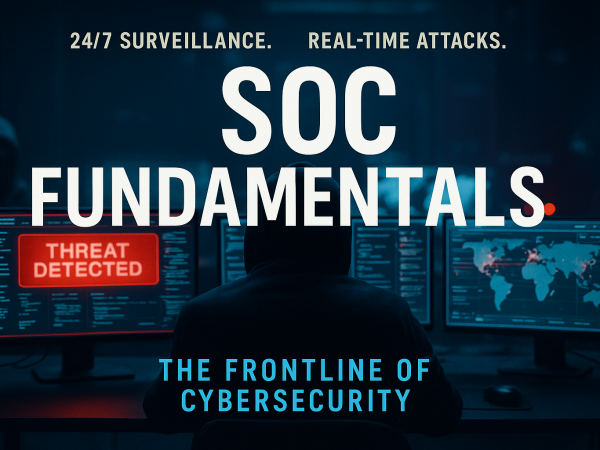In February 2025, the Federal Bureau of Investigation (FBI) issued a critical warning to Gmail users about a surge in highly sophisticated phishing attacks. These attacks, enhanced by artificial intelligence (AI), are designed to deceive even the most vigilant individuals.
AI-Driven Phishing Attacks
Cybercriminals are now leveraging AI to craft personalized and convincing phishing emails. These messages closely mimic legitimate communications, making fraudulent emails difficult to distinguish from authentic ones. The FBI reports a 49% increase in phishing attempts capable of bypassing traditional security filters since early 2022, with AI-generated threats comprising nearly 5% of these attacks.
Exploitation of Open Graph Metadata
A notable tactic involves the use of Open Graph Spoofing Toolkits. These tools manipulate metadata to create deceptive links that appear to originate from trusted sources. Originally developed for targeted attack campaigns, the toolkit enables hackers to alter the appearance of URLs in real-time, rendering malicious links nearly indistinguishable from legitimate ones.
FBI’s Recommendations for Users
In response to these evolving threats, the FBI advises Gmail users to exercise heightened caution:
- Avoid Unsolicited Communications: Do not engage with unsolicited calls or emails claiming to be from reputable organizations, especially those requesting personal information or immediate action. Tega Cay Sun
- Verify Sender Identities: Always inspect email sender addresses and hover over links to verify their legitimacy before clicking. Be cautious of emails that create a sense of urgency or contain unfamiliar links. Industry Wired
- Enable Two-Factor Authentication (2FA): Adding an extra layer of security with 2FA reduces the risk of unauthorized access, even if login credentials are compromised. Industry Wired
- Keep Software Updated: Regularly update all software, including antivirus programs, to protect against the latest threats.
Types of Phishing Attacks
Different types of malicious emails can be classified as one of the following:
- Spam – unsolicited junk emails sent out in bulk to a large number of recipients. The more malicious variant of Spam is known as MalSpam.
- Phishing – emails sent to a target(s) purporting to be from a trusted entity to lure individuals into providing sensitive information.
- Spear phishing – takes phishing a step further by targeting a specific individual(s) or organization seeking sensitive information.
- Whaling – is similar to spear phishing, but it’s targeted specifically to C-Level high-position individuals (CEO, CFO, etc.), and the objective is the same.
- Smishing – takes phishing to mobile devices by targeting mobile users with specially crafted text messages.
- Vishing – is similar to smishing, but instead of using text messages for the social engineering attack, the attacks are based on voice calls.




